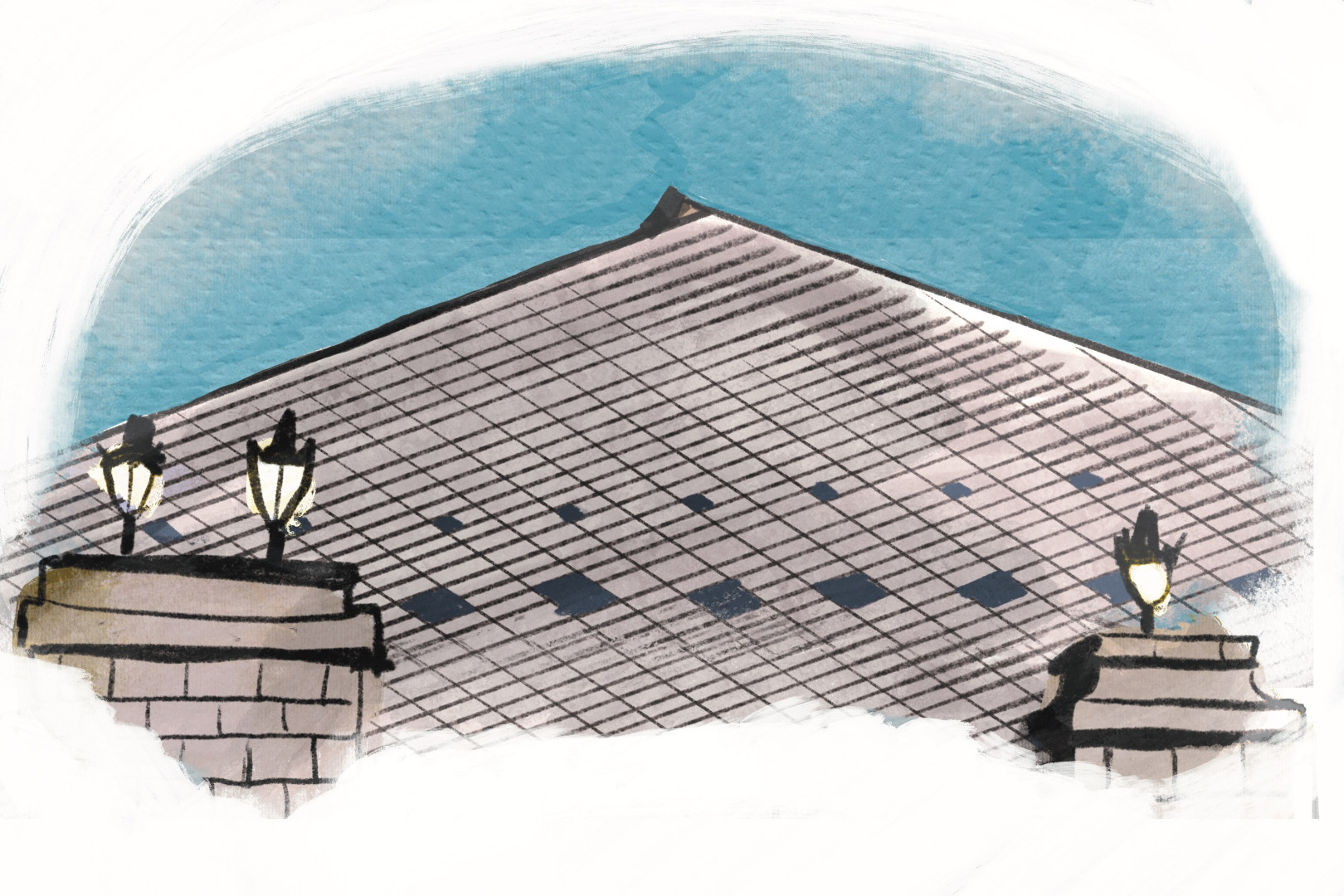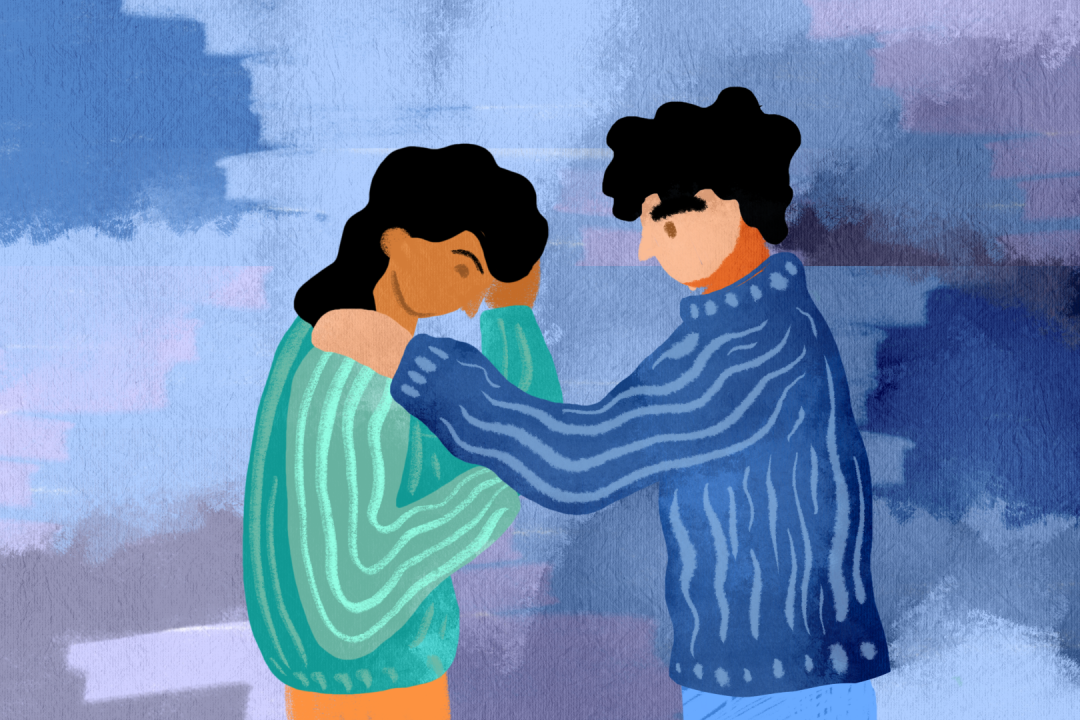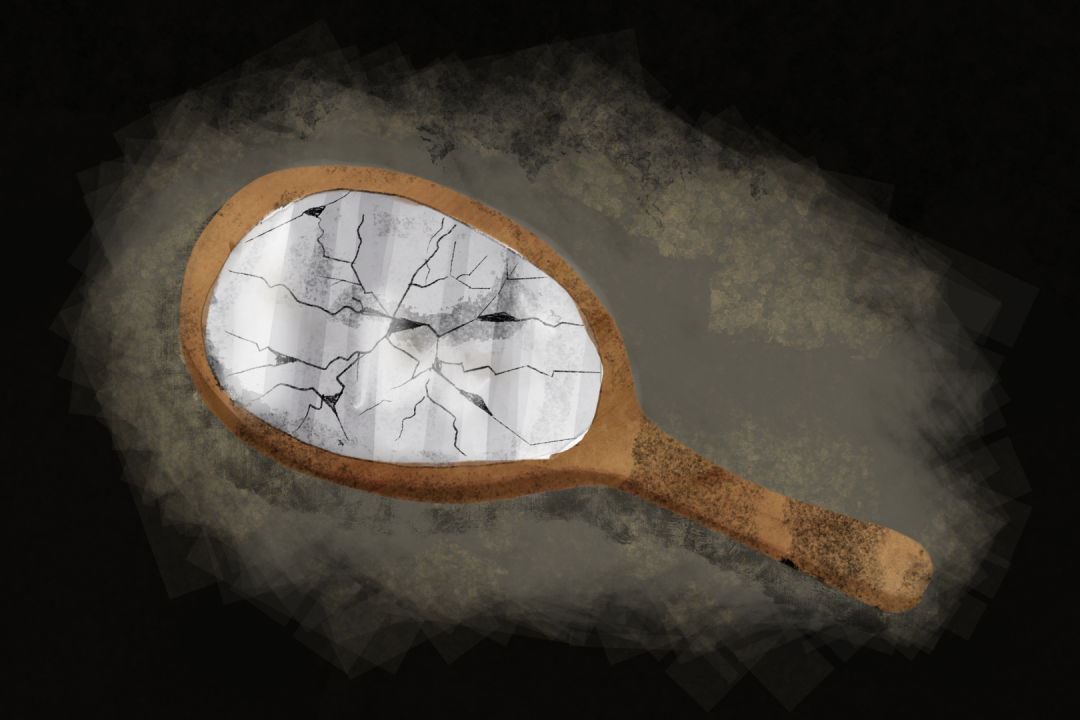
Background to political parties and associations in Iran
By: Darbaz KhosnawBY: Baniz Wasman & Darbaz Khoshnaw
Before reading this article, it should be taken under consideration that these political parties and associations were established with the aim of participation in the political arena but never managed to officially make it to elections and claim parliamentary seats. This has been the case during both the monarchy and the republic regime. After the regime changed to a republic system, the government was set up by a coalition of two nationalist and religious parties called The Islamic Coalition Party and The Islamic Iran Participation Front. The coalition of these two parties was later witnessed to be a nonfunctional system due to contradictions, and that was the reason why the system again went back to a single party serving the regime.
Association of the Devotees of the Islamic Revolution
Also known as Isargaran, President Mahmoud Ahmadinejad is one of the founding members of the party. Isargaran was founded in 2001, but “the party’s serious political activities began with the second municipal elections in 2003” where it won all fifteen seats of the Tehran Municipal Council.
Regarding its political ideology, the Isargaran believe in the Absolute Guardianship of the Jurist – the full authority of the Supreme Leader – and both denounce/reject democratic and liberal values. In terms of economy, they favor centralized decision-making on economic issues. In the social realm, Isargaran’s position has shown to be outdated. For example, the party proposed a bill in parliament decreeing that the husband would not require permission from his first wife to marry his second wife. This bill was met with immense opposition from women’s activists and traditional high-ranking clerics and never became law.
The Assembly of Militant Clerics
Founded in 1988, The Assembly of Militant Clerics (MRM) was the result of a split within the Society of Combatant Clergy of Tehran (JRM). As opposed to the JRM, the newly founded MRM believed in state intervention in the economy to support lower segments of society. The MRM also pushed towards a more aggressive foreign policy, including the “Export of the Revolution”.
Upon the passing of Ayatollah Khomenei in 1989, there was a turning point in the party. The Assembly of Experts proceeded to elect Ali Khamenei, a leading member of the JRM, as the new Supreme Leader.
Assembly of Researchers and Lecturers of Qom Seminary
The Assembly of Researchers and Lecturers of Qom Seminary was founded in 2001 by a group of middle-ranking clerics.
The Assembly has been the only reformist group in the Qom seminary. It believes in a modern reading of Islam and in reconciling Islamic and secular values. It emphasizes values such as freedom, pluralism, and rationality, and an interpretation of Islam that takes modernity into consideration. Although the Assembly’s activities have significant political implications, it is first and foremost a cultural group. For example, it has tried to reform some rules governing religious ceremonies and attempted to remove superstitious ideas from religious doctrine.
The Association of The Women of the Islamic Republic
Registered in 1987, its founders were all women, including numerous relatives of the regime's high-ranking elite. Its activity peaked in its first decade; after that, members joined other groups and parties and resumed their activities.
The party’s primary goal was to enhance women’s rights in connection with inheritance, family, employment, divorce, and to defend the presence and activity of women in the public sphere. One important technique was to engage in communication with Ulama who were more receptive to new ideas and persuade them to issue fatwas in favor of women's rights. They have also been involved in charitable activities, especially for supporting disadvantaged women.
The Executives of the Construction of Iran (ACI)
The Executives of the Construction of Iran, also known as Kargozaran, was founded in 1996. Economically, the party supported free markets and industrialization while emphasizing the significance of growth and development. Culturally, the party had a "liberal" slant and believed in greater social freedoms than the Traditional Right faction, which the JRM symbolized.
Formed in 1961, The Freedom Movement of Iran (NAI) was founded by three former members of the National Front. Although they believed in the separation of mosque and state, they also believed that political activity should be guided based on religious values. They advocated the concept of a constitutional monarchy, but wanted to restrict the Shah’s power within the framework of the constitution. They also believed that Iran should maintain its international neutrality and independence. In 1978, they joined the revolutionaries led by Ayatollah Khomeini. It attempts to integrate modern and Islamic values culturally, while rejecting state interventionism economically.
Founded during the early 1960s, The Islamic Coalition Party (JMI) was formed when three traditional religious associations representing the interests of the “bazaar” came together and united. Not only is the bazaar a workplace but also a traditional lifestyle in Iran.
Following the revolution of 1979, Mo’talefeh halted its operations as an independent political organization and merged into the Islamic Republican Party of Iran (IRP). Mo'talefeh was reorganized as an independent association after the breakup of the IRP in 1987. The group has had close relations with the Society of Militant Clergy (JRM). Economically, it opposes government involvement in trade and business. In terms of culture, it promotes traditional Islamic values as well as official censorship of the media and the arts.
The Islamic Iran Participation Front
Founded in 1998, The Islamic Iran Participation Front (IIPF) is known as one of the largest reformist parties in Iran. Many of the its founders were leading reformists of the late 1990s, who had earlier been radical members of the “Muslim Student Followers of the Imam’s Line” that seized the United States Embassy in Tehran in 1979 and held 53 members of the staff as hostage for over a year. Following the hostage crisis, the group continued its activity in the lower ranks of the Islamic leftist faction. Similar to other leftist elites in the Islamic Republic of Iran, an emphasis on social justice and anti-imperialism captures their political mindset.
Following the demise of Ayatollah Khomeini and the constitutional amendment in 1989, the group, like the entire Islamic Left, was marginalized in Iranian domestic politics. After the fourth parliamentary election in 1992, the group started to review its political values and agenda. Going forward, the group put more emphasis on a “liberal” reading of Islam, political liberties, a market economy, and the normalization of the country’s foreign policy. After a decade of political subordination due to the Islamic right, the group was responsible for constructing the framework of Mohammad Khatami’s campaign during 1997’s presidential election, and Khatami’s landslide victory took many positions within the executive.
The 2005 presidential election saw the formation of the National Trust Party. Mehdi Karroubi, who was the Secretary-General of the Association of Combatant Clerics (MRM) at the time, came in third in the first round of election. Due to internal conflict and issues with the electoral system, Karroubi resigned all official positions and founded the National Trust Party. The National Trust pledges commitment to reformist goals and the ideas of Ayatollah Khomeini.
The Office for Strengthening Unity
The Office for Strengthening Unity (DTV) was founded in 1979 as a central organization to organize student Islamic Associations against the influence of Marxist or Islamist-Marxist groups on university campuses. Some of the founders of DTV were students who had seized the American Embassy.
Following the Cultural Revolution in 1980, when all opposition groups were purged from the universities, DTV was the only active student organization to continue its work. Its core functions were propaganda, political control, and the ideological challenge of any oppositional voice. It also recruited students to serve at the front during the Iran-Iraq war.
From the end of the Iran-Iraq war until the 1997 presidential election, DTV, like other left-wing organizations, experienced a transformation and began to advocate reformist ideas such as political and social freedoms, increased public participation in political decision-making, and pluralism.
The Organization of the Mojahedin of the Islamic Revolution
The Organization of the Mojahedin of the Islamic Revolution was founded in 1979 when seven (both armed and civil) underground groups united and formed a new organization.
When founded, the group had less than 1000 affiliate members. Following the revolution, the group outlined two priorities. In the first few months following the revolution, the group was working on the prevention of the restoration of the previous regime, along with combating any other revolutionary groups that opposed the regime of the Islamic Republic. Consequently, many Organization members were also active members of the Revolutionary Committees. Moreover, the Organization and the Corps of the Revolutionary Guards were practically the same. In addition, they established the Intelligence Unit of the Corps of the Revolutionary Guards, and many of the Organization's members later became the main staff of the Ministry of Intelligence.
The Society of the Militant Clergy of Tehran
Established in 1977, The Society of the Militant Clergy of Tehran (JRM) was a product of the followers of Ayatollah Khomeini two years prior to the 1979 Revolution. Its members were involved in organizing marches, lectures in mosques, and providing slogans for demonstrations. In early 1979, the group wrote its first statute and stated as core goals: guarding the Islamic Revolution, “strengthening the institutions” of the emerging Islamic Republic of Iran, and “supervising” the country’s affairs for the purpose of realizing justice.
JRM believes that the Supreme Leader, or Guardian Jurist (vali-e faqih), is a representative of God and does not depend on the consent of the people, even though the Supreme Leader is indirectly elected by the people through the Assembly of Experts. According to the JRM, taking part in politics is not a right but a responsibility that each person has. In economic policy, the group supports the free market and entrusts economic matters to the private sector, although, the group’s members have contributed to and upheld the heavy state involvement in Iran’s economy. In cultural policy, the JRM promotes traditional Islamic values and advocates for government oversight of the cultural sector.


